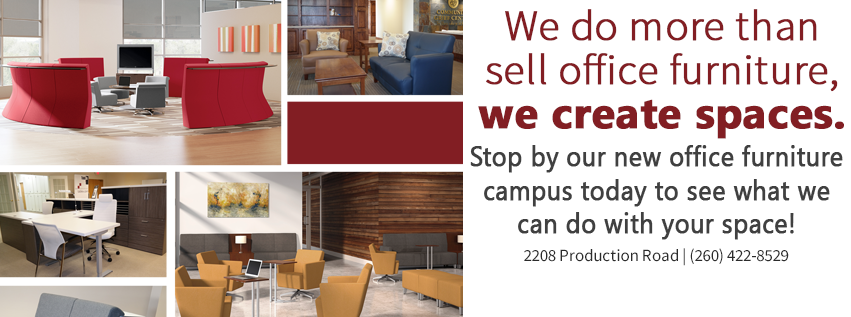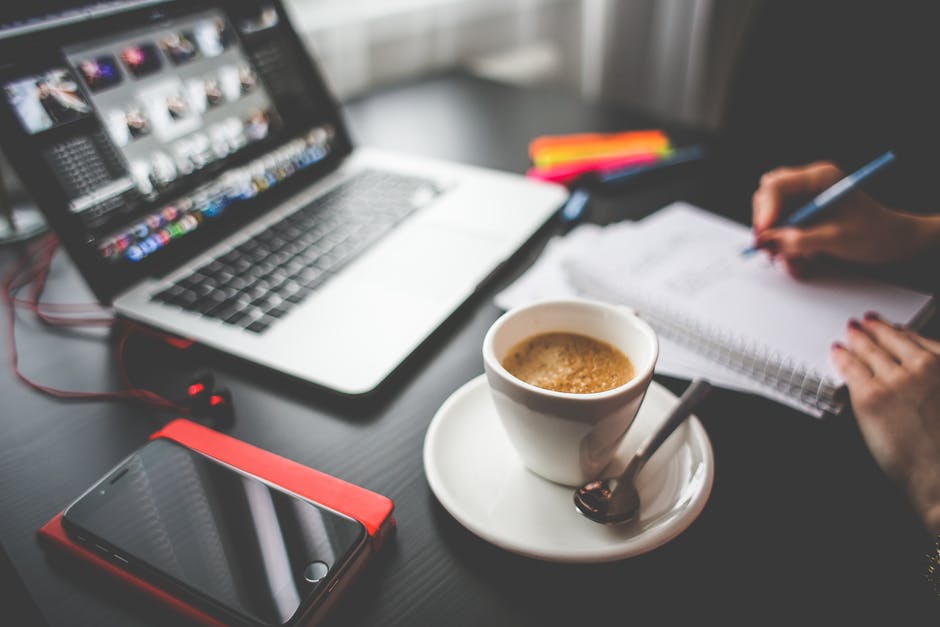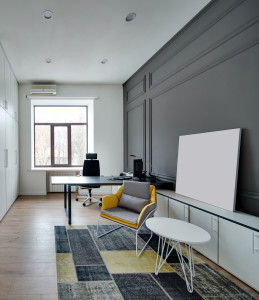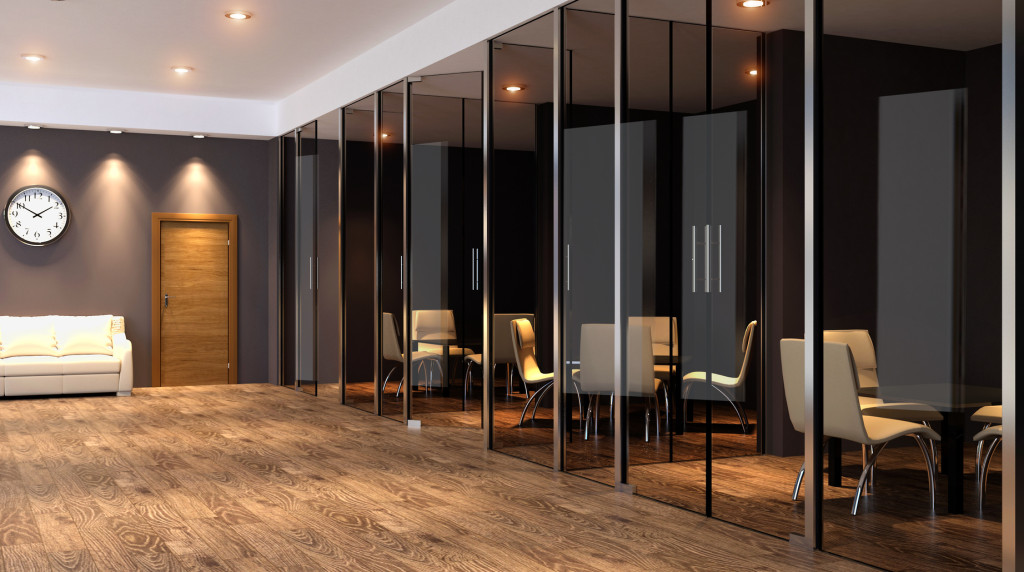With the new year comes new resolutions both personally and professionally. Did you resolve to be more productive?
When it comes to productivity at the office in 2020, use the start of a new decade to make some serious changes for the better.
From your office environment to how you set your goals, you can boost office productivity just by making a few small changes.
If your office needs a little shakeup this year, consider these tips for ways to boost office productivity and make 2020 your company’s best year yet.
1. Set Goals That Are Attainable
With the new year, set some new goals for your company or team. Goals are one of the ways to boost productivity because they give your team a shared purpose and something to strive for.
Keep your goals attainable and you’ll have a much better success rate. Goals that aren’t achievable can hurt your office morale and decrease productivity.
Forbes gives some questions to ask yourself to help you set new 2020 goals.
2. Clearly Define Roles and Tasks
If everyone in your office is running in circles without a clear direction, use 2020 as a time to clearly define everyone’s roles and tasks.
Take a few minutes to go over goals, roles, and job responsibilities at the beginning of the year. This will help everyone stay on track and focused.
3. Optimize Your Work Space
If your workspace isn’t conducive to a modern work environment this can really hurt productivity. One of the best ways to boost office productivity is by re-working your office space.
New furniture, a new layout, and even small changes to your space can do wonders to increase communication and collaboration.
4. Make Feedback a Priority
In any successful office, people should feel comfortable giving and receiving feedback, Feedback is crucial to being the best we can be.
In the new year, create a welcoming space for feedback and you’ll see a big change in how your office communicates.
5. Encourage Collaboration
Teams need to collaborate in order to be successful. Make sure your office culture, as well as your office environment, invites open communication and collaboration among teammates and colleagues.
6. Maximize Meetings
Meetings often get a bad rap for being time sucks. Keep meeting productive, timely, and on track.
Use meetings as a time to collaborate and make the most out of them to keep them productive.
7. Think Outside the Office
To help boost productivity, make sure your technology in and out of the office encourages collaboration and work sharing.
8. Let Loose
Sometimes, in order to be more productive, you just need to let loose. In 2020, host events, happy hours, or off-site meetings to shake things up.
9. Encourage Wellness
Healthy employees are happier and more productive. Offer incentives for making health a priority or create spaces within your office to help promote wellness.
Teach employees how to be healthier too by bringing in a coach to help employees learn how to eat more plant-based meals.
10. Treat Yourself
Every once in a while if your office is in a rut, treat yourselves. Order in lunch, bring in breakfast, or just upgrade your coffee for a nice little pick me up.
11. Track Your Performance
At the end of the year or each quarter, check-in and see how you’re performing. Regular check-ins will help keep everyone on the same page.
Boost Office Productivity for a Better 2020
Make 2020 your most successful year yet. From setting goals to encouraging collaboration and wellness, making a few small changes this year can really boost office productivity. Even small changes to your office environment can do wonders for your team’s productivity.
If you are ready to make some great changes to your office space, fill out this contact form to work with a professional to help get your office off to a great start in the new decade.



